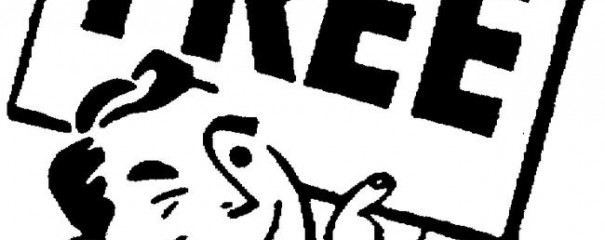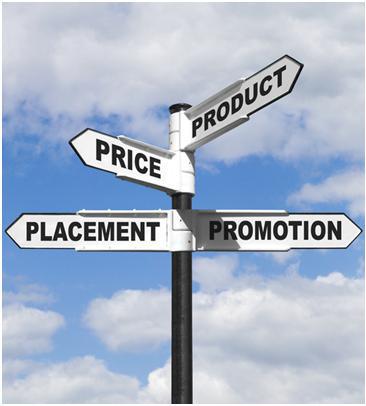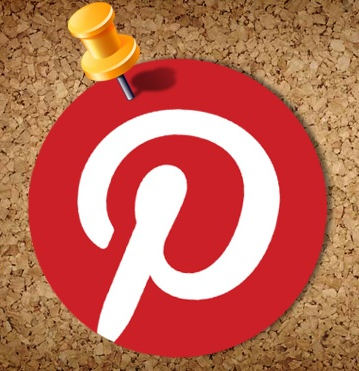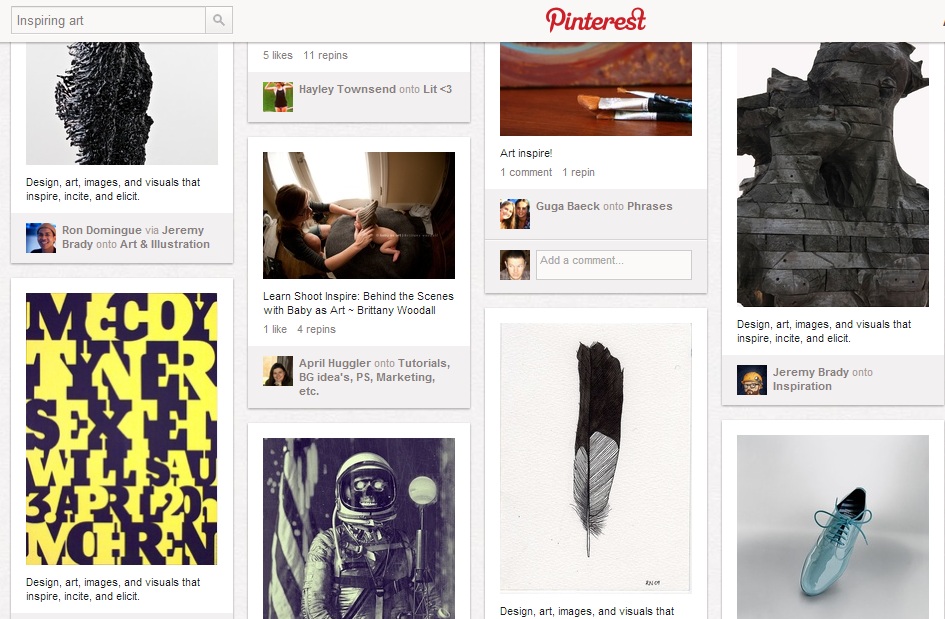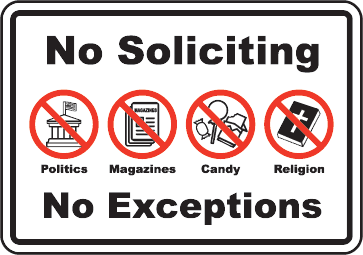As we move into the last of our 4 Ps in the marketing mix that we’re applying to music marketing, it will also be the most familiar to artists: Promotion. Fear not, though, as there’s much more depth here than you may be touching upon with how you currently promote your art.
Beyond merely posting to Facebook and putting up a poster or fifty for your next gig, at the heart of promotion lies evoking an emotional response in fans and listeners. The way that you promote says a lot about how much you value those taking the time to invest themselves in your music, which in turn makes a huge difference as to how long listeners will stick around. The longer they stick around, the greater the chance that a listener turns into a fan, perhaps one for life.

Traditional broadcast (“tell and sell”) approaches to promoting music now fall on deaf ears. At best, it reminds a few convinced fans of your existence and is ignored by casual and potential listeners. At worst, it puts the casuals off for good and alienates fans seeking more from you, the musician.
What truly sets artists apart in the digital era is those using these new channels to forge deeper, direct relationships with listeners. A record label can’t do that for you. Nor can a manager or an agency, even though they can advise you on smart ways to go about achieving it.
No, it now falls to those making the music to be available, in touch, and engaging with what fans feel about your music. As such, there has never been a better time to focus heavily on your own promotion.
The Personal Touch
Giving your mobile phone number (even a temporary one) out to listeners online would be a disaster, right? Endless calls, open to abuse, no control over how and when you reach people… you’d have to be crazy.
 When indie-pop favorite Kishi Bashi did this last month, fans couldn’t believe it either. An opportunity to simply pick up the phone and give an internationally acclaimed artist a buzz to shoot the breeze?
When indie-pop favorite Kishi Bashi did this last month, fans couldn’t believe it either. An opportunity to simply pick up the phone and give an internationally acclaimed artist a buzz to shoot the breeze?
It was indeed true, as you can see to the right here, and it made a world of difference to the small section of his 20,000 Facebook fans who caught the request. Moreover, it made those of us who missed it eager to like the post and check back, to see what other connections the affable songwriter might make in the weeks to come.
This is a prime example of manning your virtual merch table. Being present, available, and taking the initiative to connect with fans on a one-to-one basis.
At a live show, fans get an extra kick when they can buy merchandise from the artist herself and have a personal conversation. Finding those personal touch points online is just as, if not more important.
First Impressions Last
Everything you put out there on social networks and your own site(s) is a potential first impression to a new listener.
Harking back to product and price, you need to have the right hooks to pique people’s interest that first time around. What helps immeasurably is having both systems and people that man your virtual merch table in the most welcoming, unique way possible. Promotion is really about striving to connect a great product (you!) with the value it will offer to the buyer. In this case that’s the listener, and the value is the intangible emotional connection that they’ll make with your music.
To make that connection more understandable and rapid for the listener, communicate your personality, interests, outlook and opinions via online platforms. Have a deep web presence with all manner of media, from music to personal interview videos, a broad range of your musical style to the songs on offer, and regularly updated content on both your artist blog and your chosen social networks.
Think of every touch point with your fans – a follow on Twitter, a like on Facebook, a comment on your blog or e-mail subscription – as an opportunity to make a first impression. Even if a listener already knows you as a musician, find a way to make the interaction personal and make an impression as an individual for that first time.
When every encounter is seen as a make-or-break opportunity to win over a fan, you’ll begin to nurture those relationships that will develop into life long fans.
Over to you…
I’ll have specific examples (in the newsletter, so sign up below) of approaches that you can take to seek out deeper fan relationships but I’d value your input here.
When have you gone that extra mile to win over a fan? What did you do?
